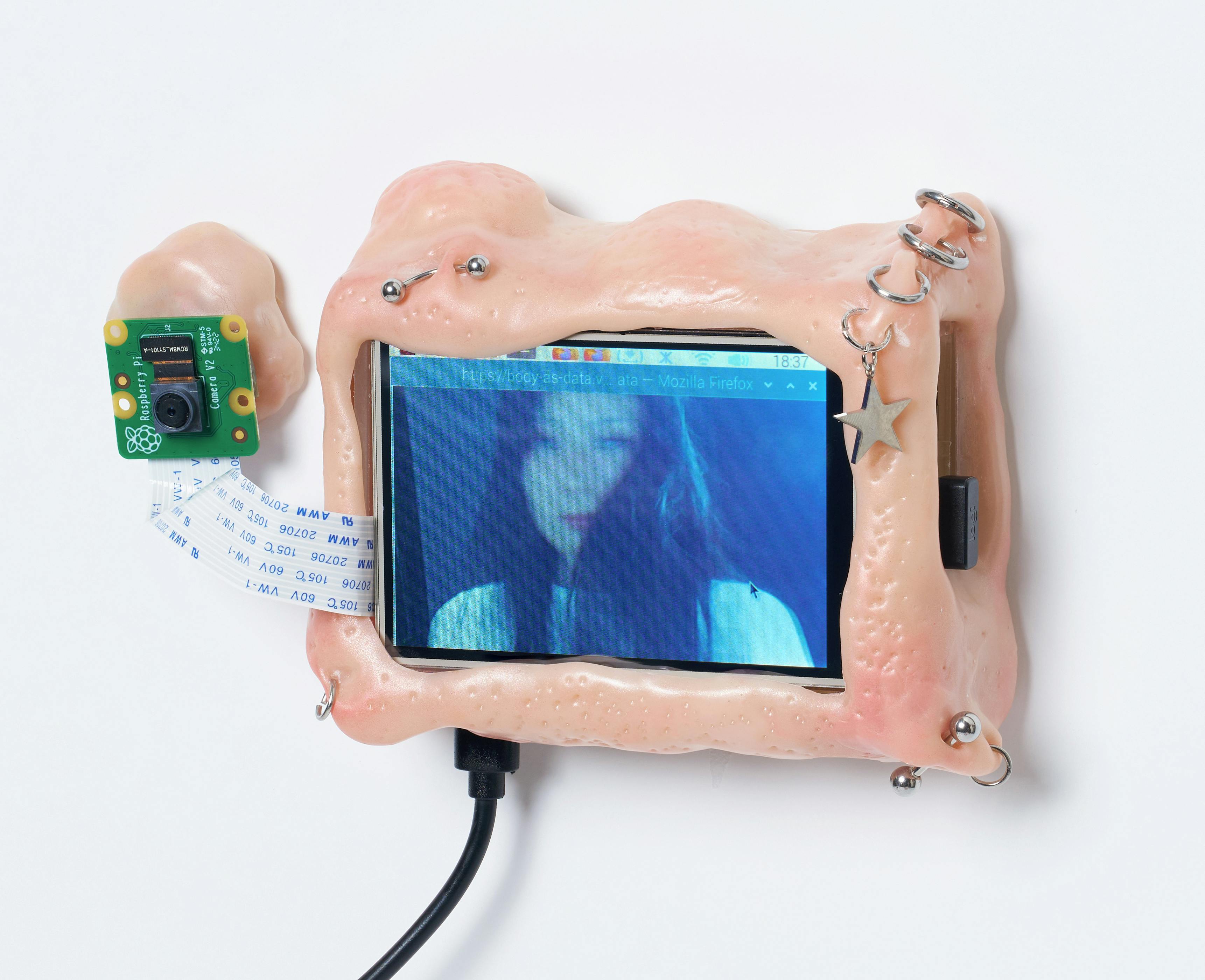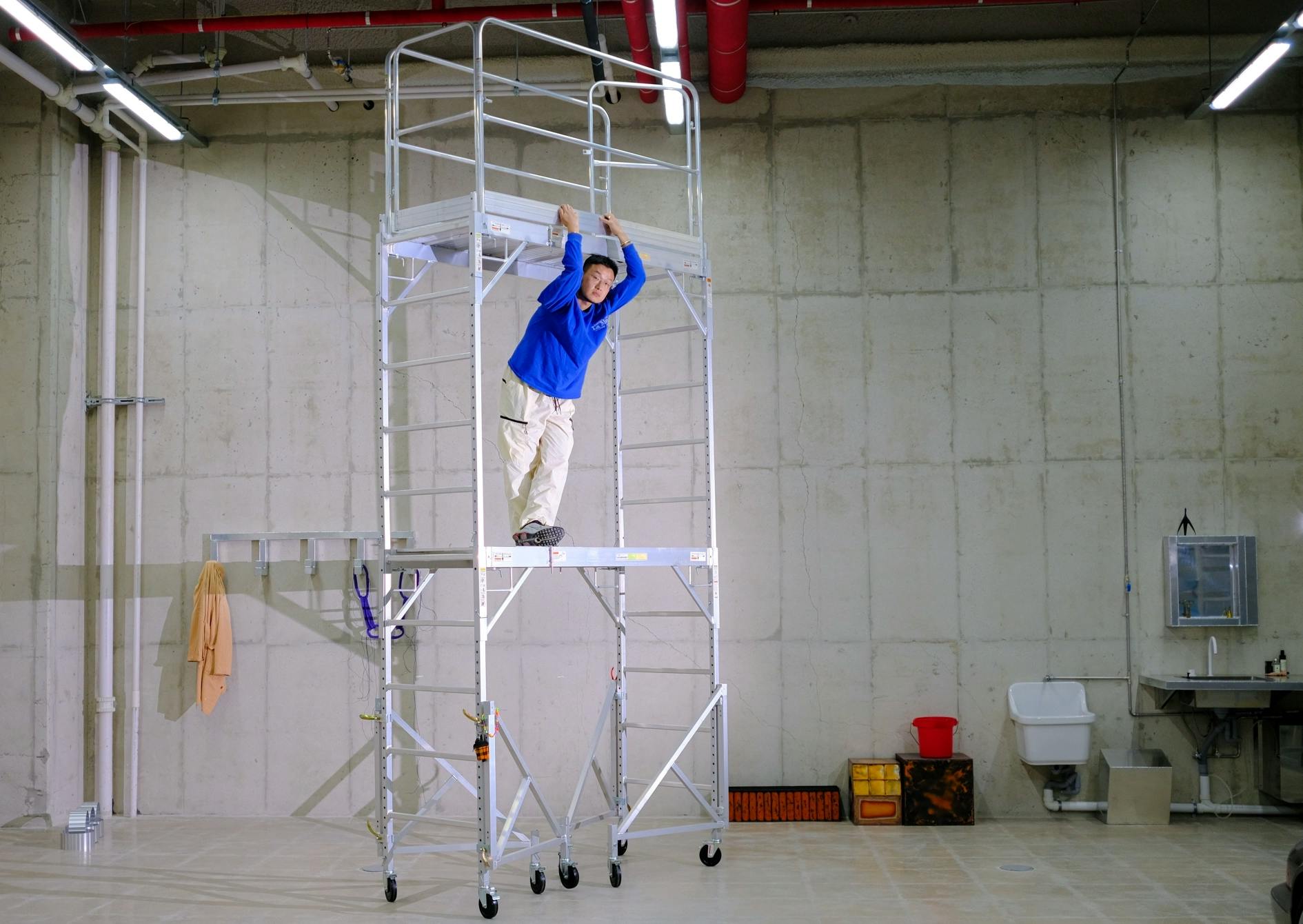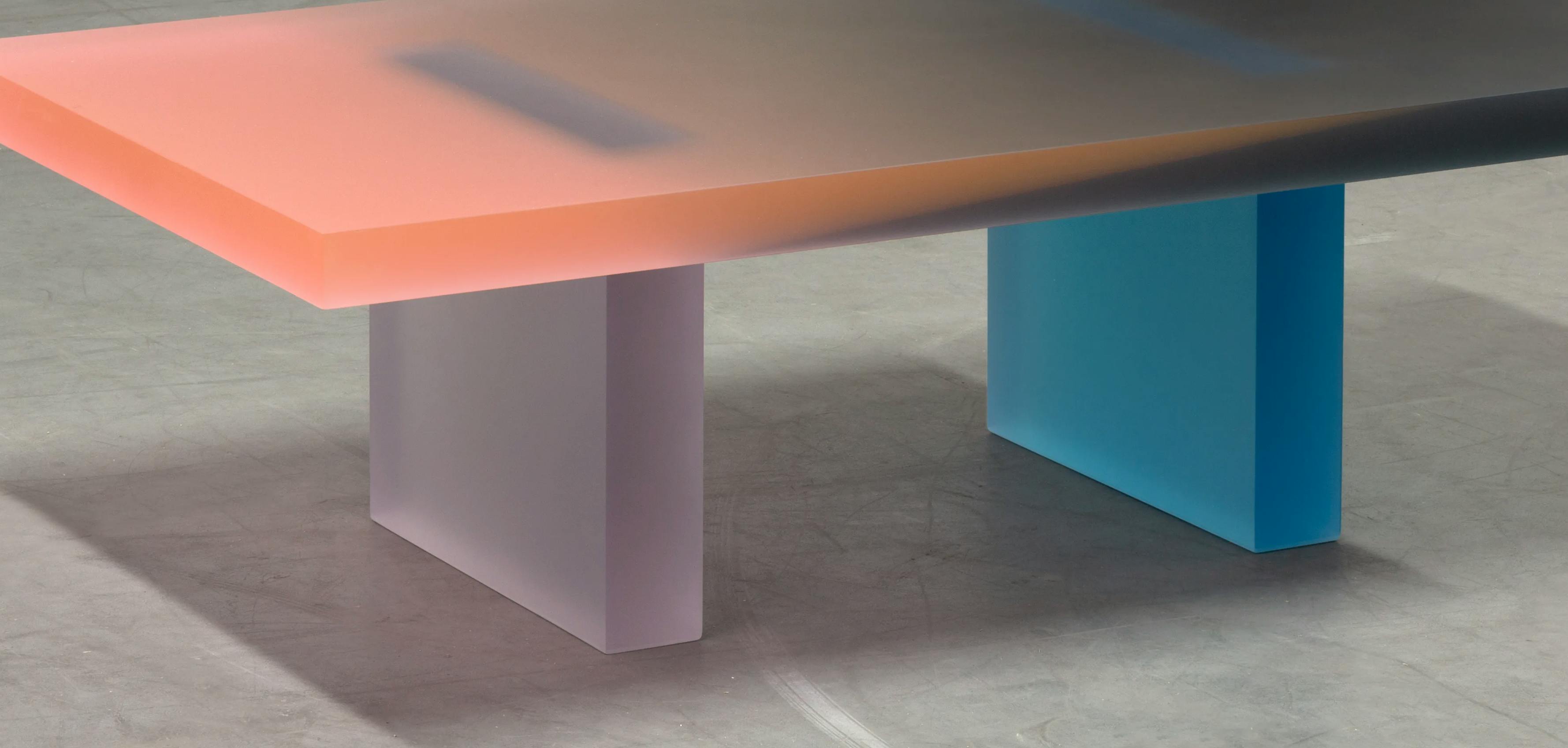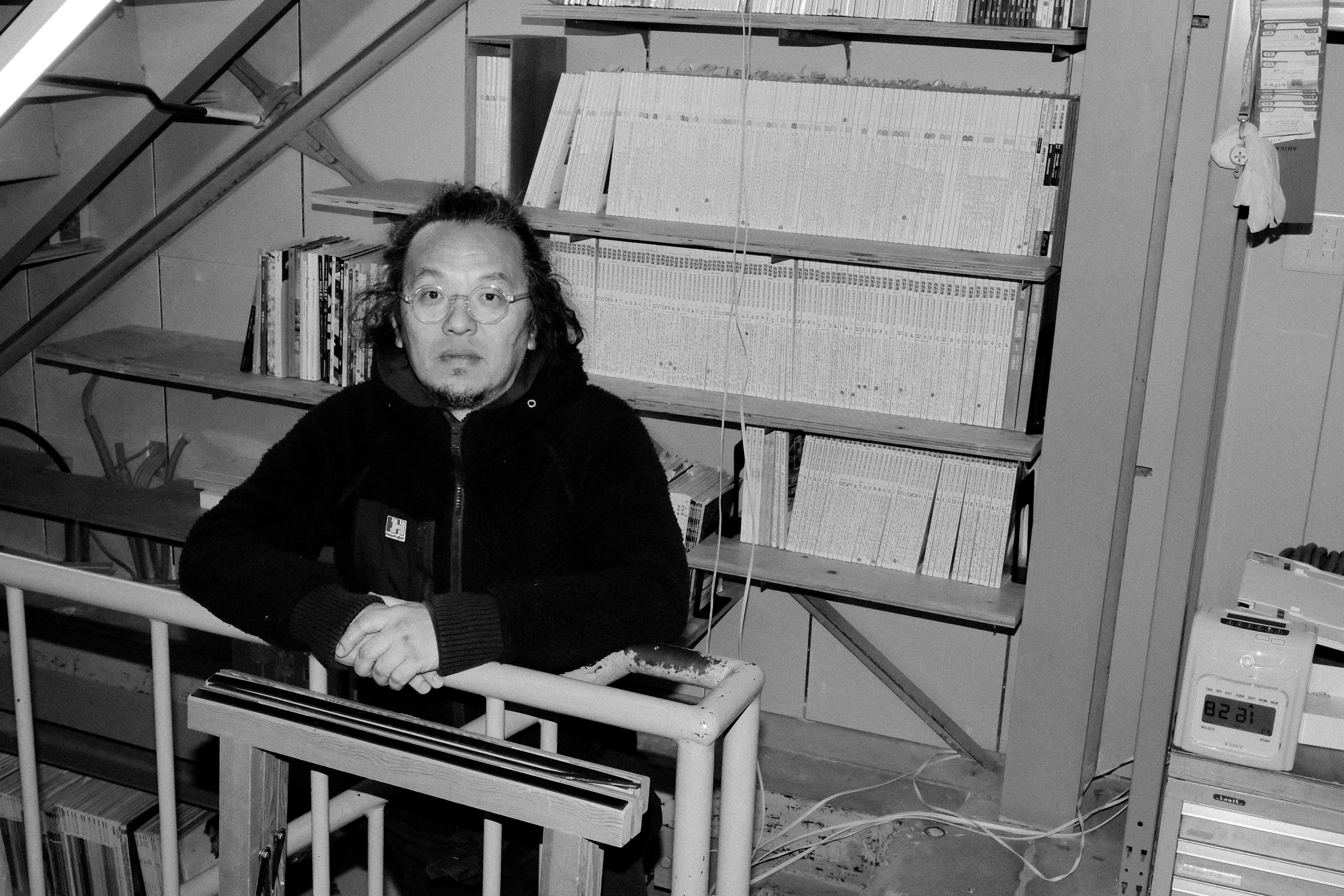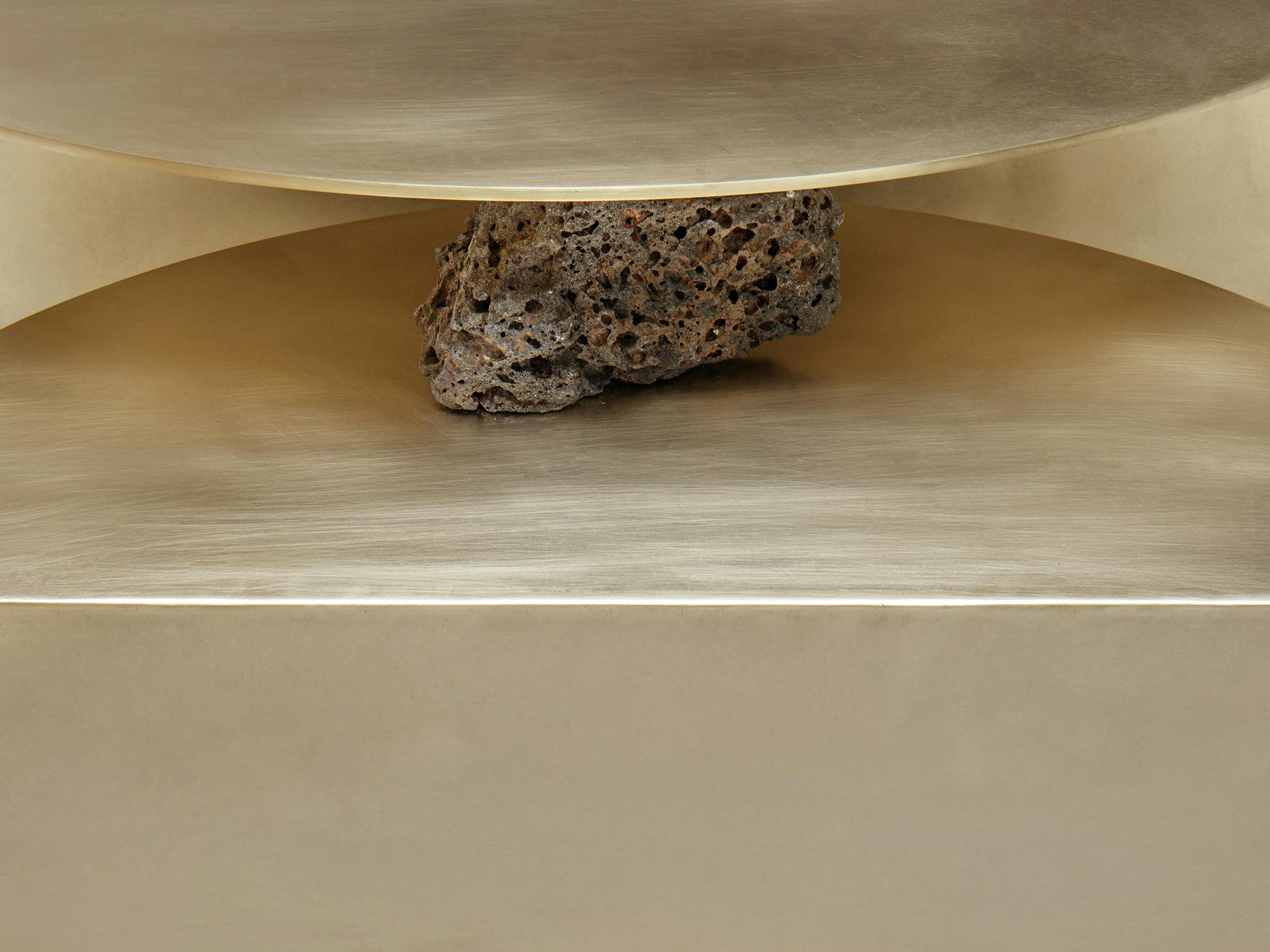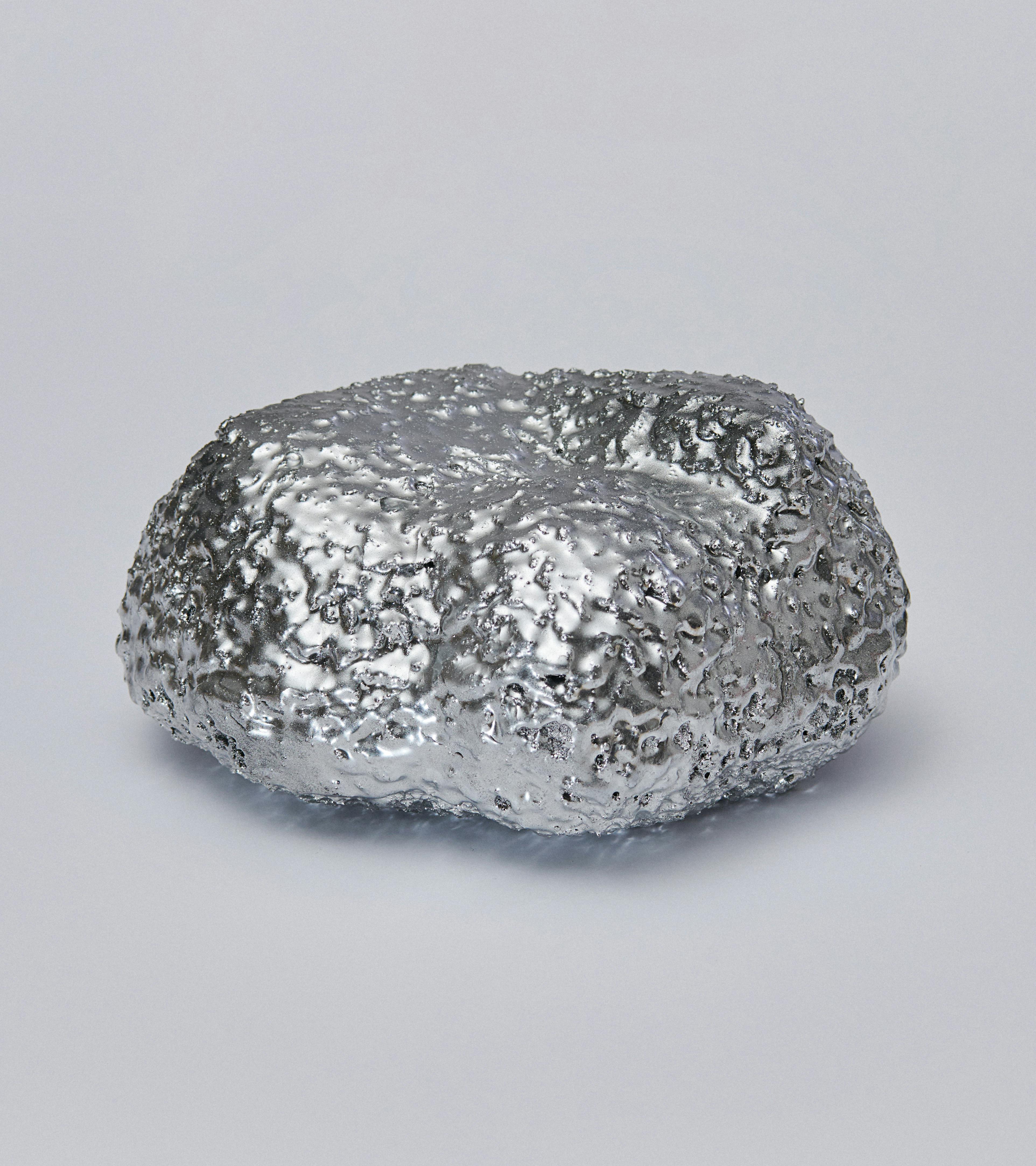
(Seoul, South Korea)(Multi)(Design Directory)2024-09-17
KAYA
Artist Kaya’s work revolves around the concept of “the third nature,” which she defines as a synthesis of real and virtual landscapes, as well as a convergence of materiality and immateriality.
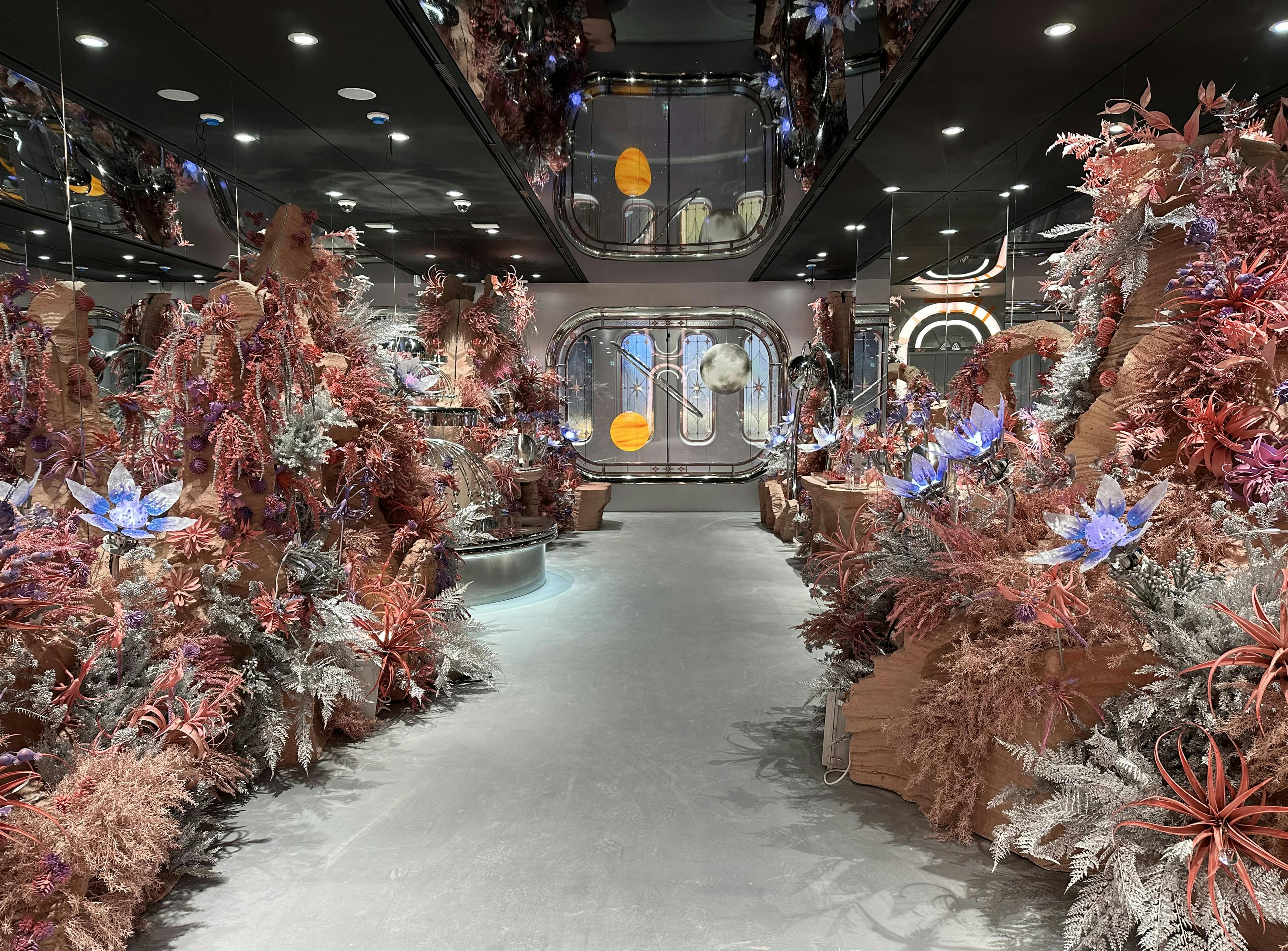
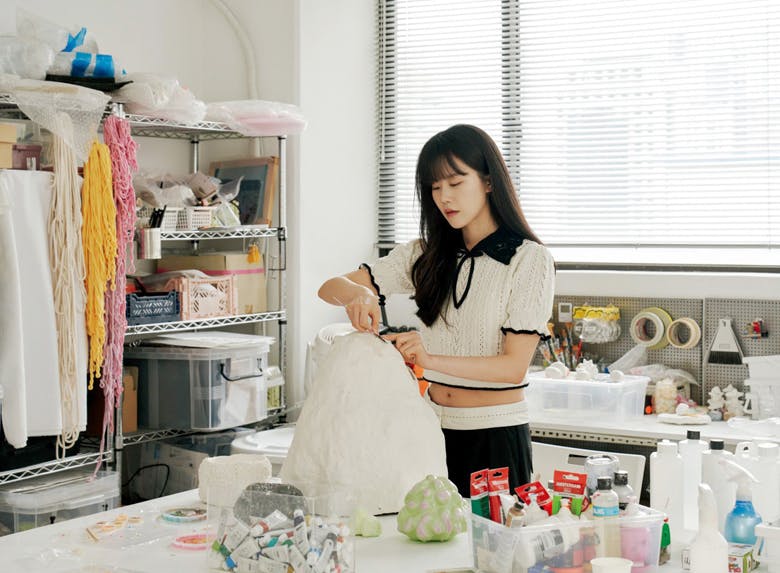
Artist Kaya’s work revolves around the concept of “the third nature,” which she defines as a synthesis of real and virtual landscapes, as well as a convergence of materiality and immateriality. Her work is characterized by a distinctive visual language that intertwines digital and screen-based media with the tactile presence of physical materials. By navigating between the digital realm and traditional sculptural materials, she creates a dialogue between these diverse mediums, establishing a hybrid aesthetic that challenges the boundaries of both.
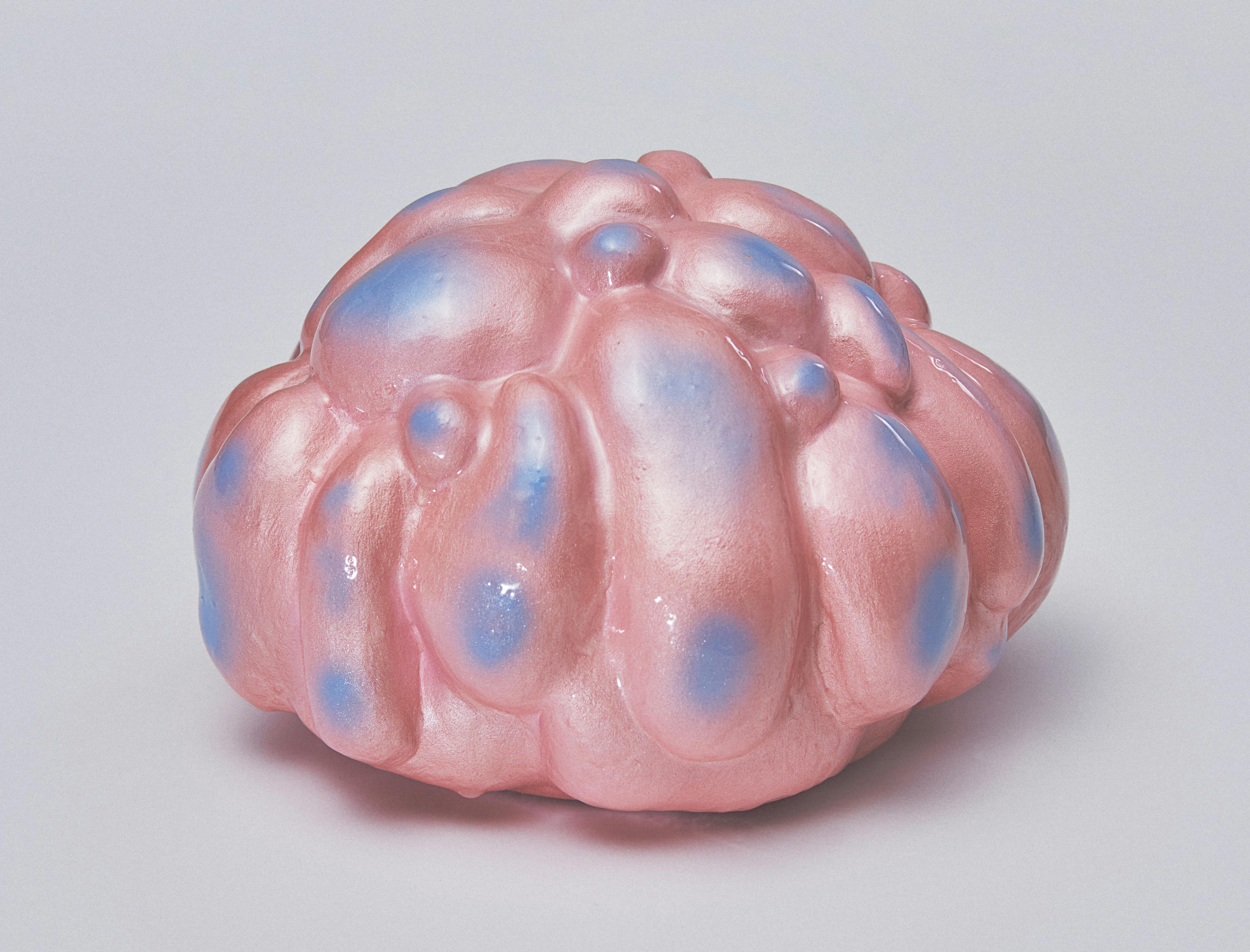
1/5

